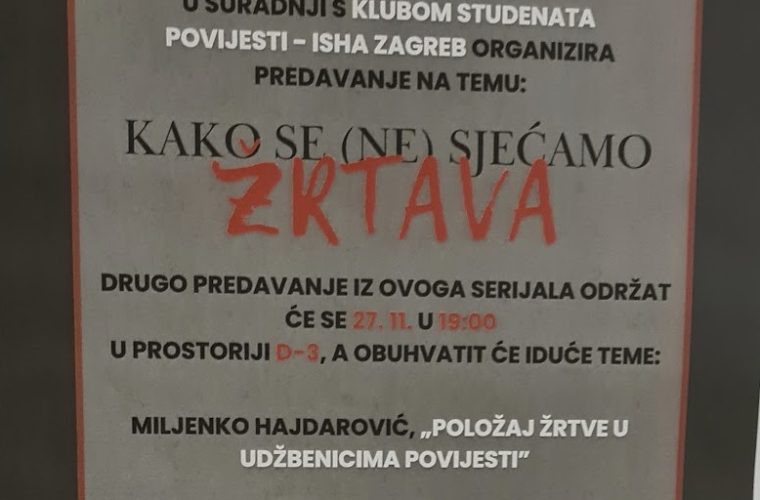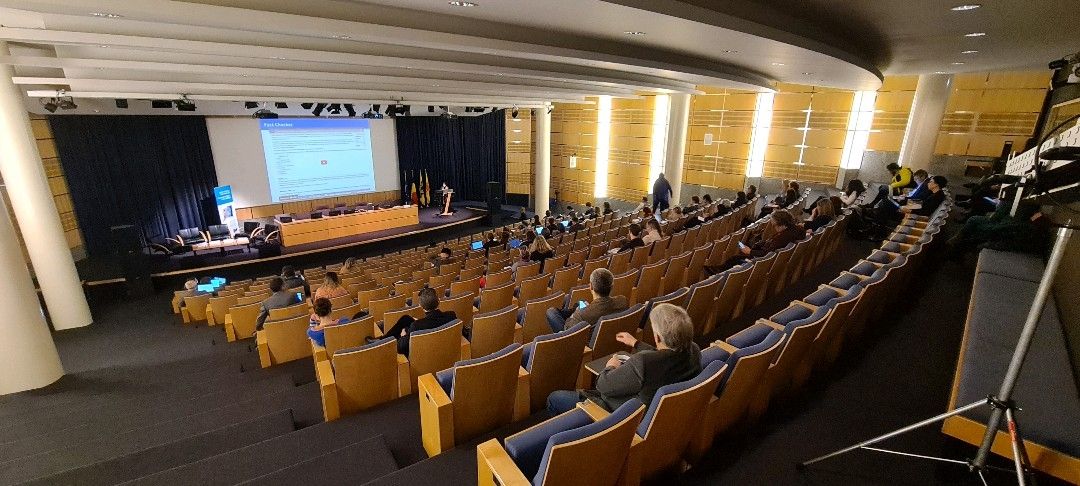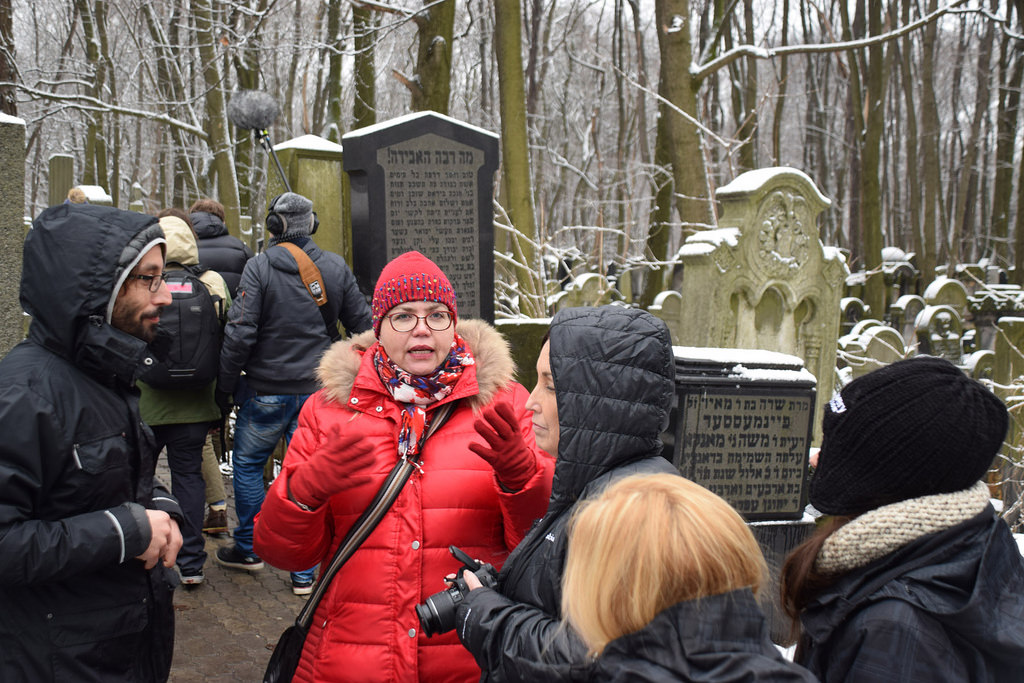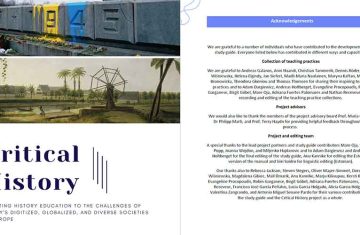Last night, I had the privilege of revisiting my alma mater — if only for a short while. Walking through the familiar halls of the Department of History at the Faculty of Humanities and Social Sciences brought back a flood of memories. The building itself has changed little since I first stepped through its doors at the end of the last century. The same softly melancholic fluorescent lights illuminate the corridors, casting a nostalgic glow over the large lecture halls, much as they did in my student days. Hall III, however, seemed noticeably smaller last night than it did when I was a wide-eyed history student — a reminder of how our perspectives evolve with time.
The evening’s lecture was both thought-provoking and engaging, offering fresh insights into a topic I thought I knew well. It also gave me the opportunity to examine textbooks from a perspective I hadn’t previously considered. The subject, vast and complex, could easily serve as the foundation for several doctoral dissertations — a testament to its depth and significance.
As part of my preparation for the lecture, I conducted a comparative review of three Croatian and three Serbian history textbooks. The results, though unsurprising, largely reinforced the assumptions and generalizations we often discuss regarding this topic. Yet, there is something deeply valuable in confronting these findings firsthand, dissecting the narratives that shape our understanding of the past.
When time permits, I plan to delve deeper into this research and publish a more comprehensive article. For now, the experience serves as a reminder of the power of critical engagement with the materials we often take for granted and the importance of continuously questioning the frameworks that underpin our historical education.









